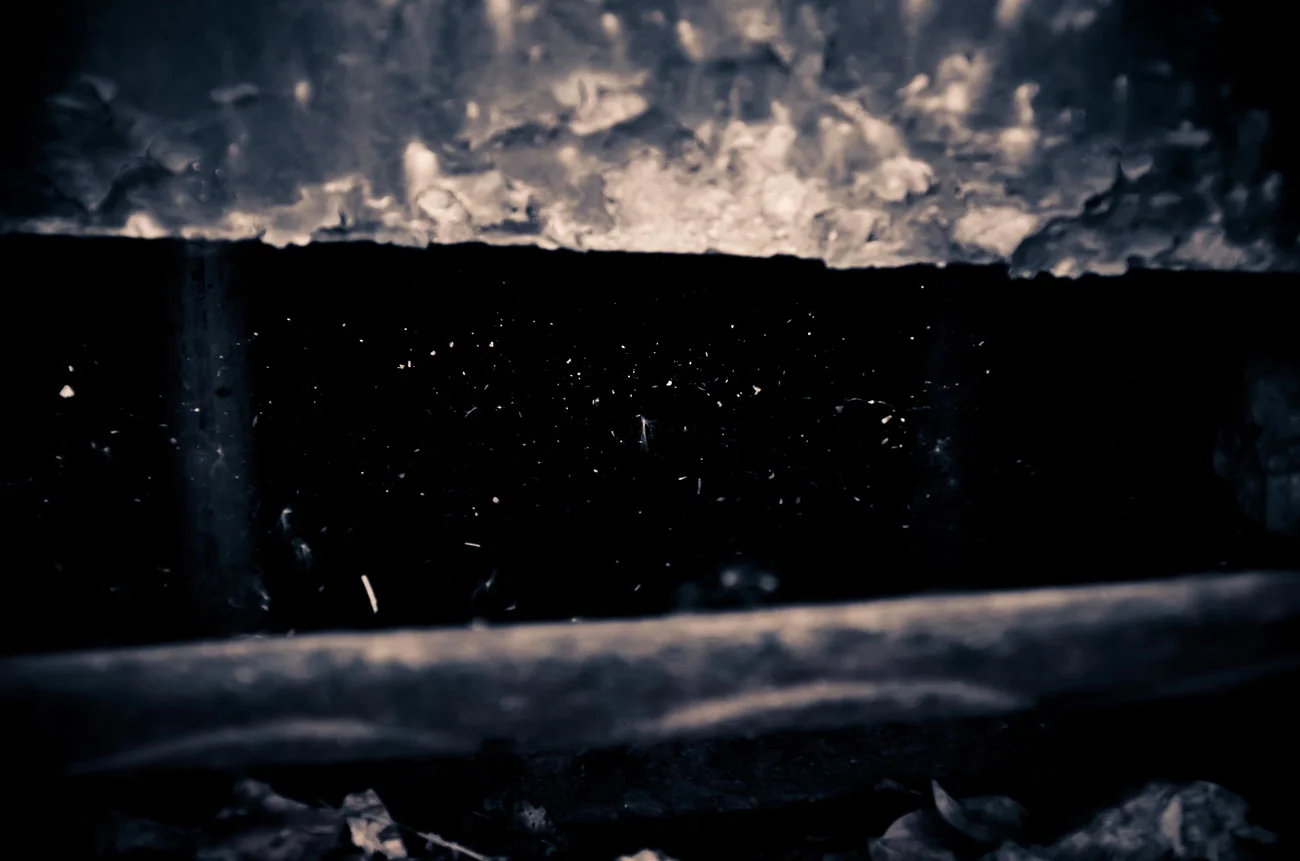Originally composed for strings and marching drum, with a high emphasis on cellos.The goal was to make a cinematic score more than anything else.
We discussed how the story should outplay and the goal of the composition was to reflect that story.
The song was composed by me around 1996 in collaboration with Rune Bjørneset: a classically trained piano prodigy. He was the perfect candidate to throw ball with and we made some absolutely insane stuff together.
We allowed ourselves to go way over the top with everything. First and foremost this included talking and making huge plots around the songs, we discussed the best scene for certain compositions, the best scene and state of mind for improvising and practicing etc.
I remember one time we were allowed to use one of the local venues for recording on a Sunday night when it was closed, we found out that we could get access to the live mixer and other equipment if we climbed through the roof and over a wall into the equipment room. And so we did.
We borrowed the 40-60 channel mixer, along with microphones and recording equipment, climbing through the roof, recorded all night and climbed back with the gear the next morning.
We recorded the first version of “March Of The Moors” at Audiofarm studios around 1996. With a secondhand Korg Wavestation purchased partly for the occasion.
Since the sample libraries at the time was not all that much, the guitar had to do the job as the leading cellos and violins, resulting in a guitar orchestra more than anything.
We got drummer Geir Arne Ose to play for us in the studio, and I was so impressed by what he came up with that I decided then and there that he would be my drummer in the future, if he liked it or not.
The song was played frequently through Woo's later reformation and usually made the crowd go crazy.
The release is based on a live show from 2001. Recorded by Erik Valderhaug at Lydkjeller'n AS. Some overdubs have been made on the recording, as I wanted some of the original instrumentation present. There are no other releases of this song but several versions exist.
There is also a recording with real strings that may be released in the future.
I still love the vibe of this song and its always fun to play it, even after all these years.










